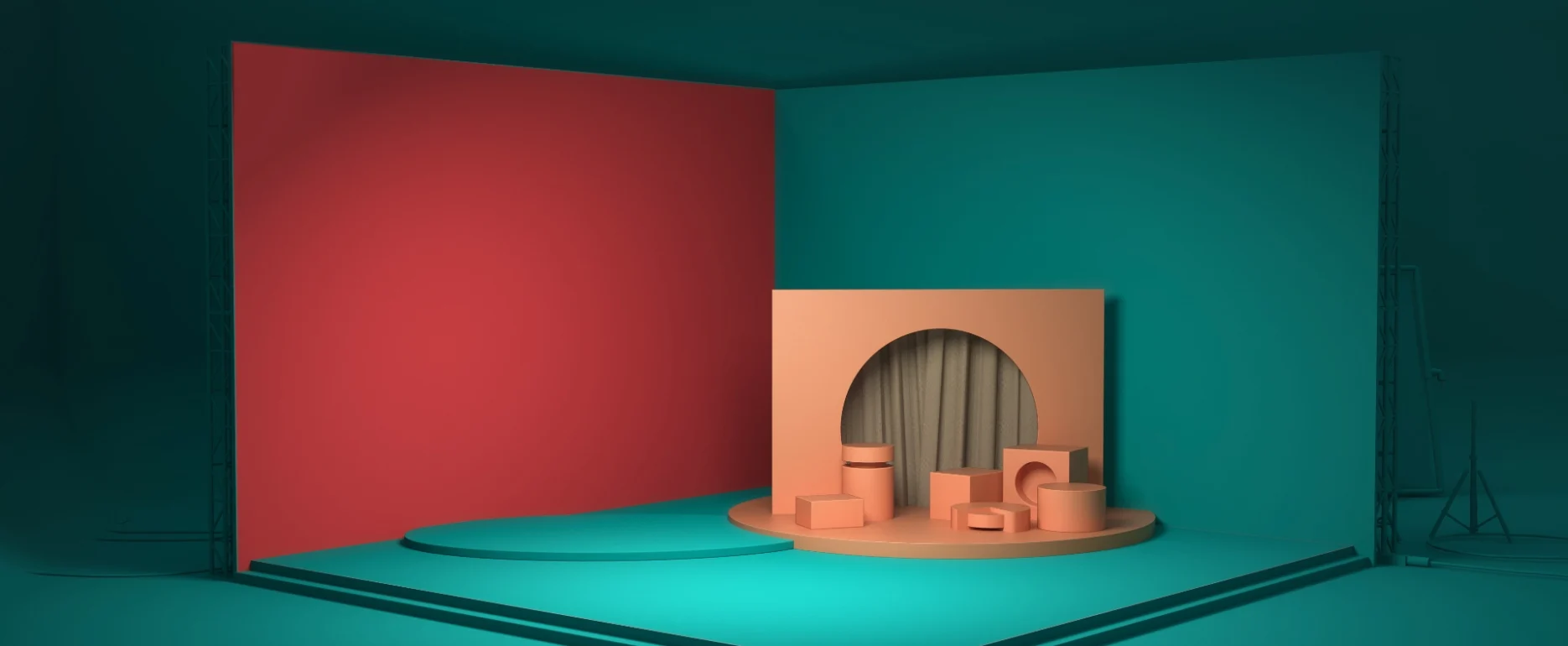Anticipation and generation
of future scenarios

The change in perspective, with an eye to the future, resulted in more informed decision making
Innovation Director
The Challenge
Sigma is a leading company in the manufacture and distribution of high quality furniture. Throughout its long history, it has stood out for its innovation, design and commitment to customer satisfaction.
Sigma now seeks to anticipate changes in the furniture industry and assess potential risks and opportunities. The company faces difficulties in its strategic planning and decision making due to changes in design trends, fluctuating material prices, and volatile market demand.
Faced with this uncertainty, the company seeks tools to anticipate and prepare for different futures.
La Solución
Sigma decided to implement the Scenario Generation service. This service uses historical data, trend analysis and predictive modeling to develop a variety of plausible future scenarios that could impact the furniture industry, and specifically Sigma. These scenarios may include changes in market demand, fluctuations in material prices, technological advances and changes in consumer preferences.
Once scenarios have been generated, Sigma analyzes each scenario to understand its potential impact on critical areas such as production, marketing, distribution and finance. This allows Sigma to identify emerging opportunities and potential risks associated with each scenario, as well as develop contingency plans and adaptive strategies to effectively respond to market changes.
For example, one challenge that arose was related to a possible emerging trend toward minimalist design. To generate corresponding scenarios, Sigma analyzes market data, researches consumer preferences and possible solutions for the adoption of minimalist styles in its designs. Factors such as the popularity of clean lines, neutral colors and functionality are considered. Sigma considers how to adjust its production and marketing strategy according to the results of the scenarios.
The Impact
Scenario Generation has a significant impact on Sigma’s ability to anticipate and prepare for different futures. This practice fosters proactive innovation, developing new product lines in anticipation of design trends. It also improves risk management, since Sigma has to assess the financial impact of changes in demand and adjust production accordingly. In addition, it provides a competitive advantage in a dynamic market, where customer needs are increasingly changing.
For example, if one scenario shows an increased demand for custom furniture, Sigma can adjust its production and expand its product line to meet this emerging demand. Similarly, if another scenario suggests a decline in demand due to changes in design trends, Sigma can diversify its distribution channels or invest in marketing to maintain its market share.
Scenario generation helps Sigma navigate an uncertain future and make strategic decisions based on data and analysis, anticipating potential changes in its industry.
Does it match your approach?
